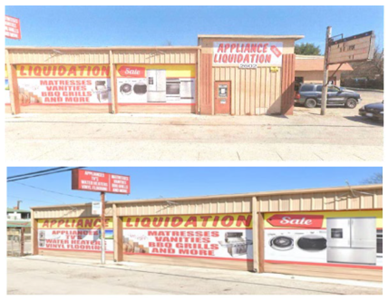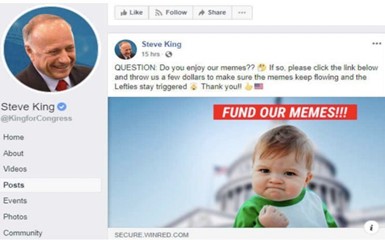The US Court of Appeals for the Federal Circuit held that a branded pharmaceutical manufacturer properly pled a theory of inducement by alleging that the generic competitor promoted its product as “generic” to the branded product and referred to the branded product’s sales for patented uses. Amarin Pharma Inc. v. Hikma Pharmaceuticals USA Inc., Case No. 23-1169 (Fed. Cir. June 25, 2024) (Moore, Lourie, Albright, JJ.)
Amarin Pharmaceuticals sells the drug Vascepa, which the US Food and Drug Administration (FDA) approved for two uses:
- To treat severe hypertriglyceridemia.
- As an adjunct therapy to reduce certain cardiovascular risks.
In 2016, Hikma submitted an abbreviated new drug application (ANDA) to market a generic version of Vascepa, which at the time was only approved for treatment of severe hypertriglyceridemia. Hikma and Amarin then litigated patents covering Vascepa under the Hatch-Waxman Act, with Hikma invalidating the patent claims covering the severe hypertriglyceridemia indication. After Amarin obtained approval for its second indication, Hikma submitted to the FDA a “section viii carve out” (i.e., prescribing information that purposedly did not include the second indication). The FDA approved Hikma’s product, which was sold with a “skinny label.” After Hikma’s ANDA was approved, Hikma issued a series of press releases that referred to its product as a “generic” version of Vascepa, even though the product was not approved for the cardiovascular risk indication. The press releases also referred to Vascepa’s annual sales as approximately $1.1 billion – the amount of Vascepa scales for all uses – as well as its usage information.
Amarin sued Hikma again for patent infringement, this time claiming that Hikma induced infringement of patents covering the cardiovascular risk indication. The district court overruled the magistrate judge’s recommendation and concluded that Amarin’s complaint did not plead a plausible case of induced infringement. Amarin appealed.
The Federal Circuit reversed. First, it explained its view that the case was a “run-of-the-mill” inducement infringement case, rather than one governed by the Hatch-Waxman Act framework. Emphasizing the deferential plausibility standard applicable at the pleadings stage, the Court held that, combined with allegations that Hikma’s label included warnings that would promote infringement, Amarin’s averments about Hikma’s press releases were sufficient at this stage to plausibly claim that Hikma induced infringement of the cardiovascular risk limitation by its references to the branded product.
The Federal Circuit also rejected Hikma’s claim that a ruling in Amarin’s favor would “effectively eviscerate section viii carve-outs.” The Court explained that its ruling was an ordinary application of induced infringement that promotes scrutiny of generic companies’ communications for clarity and consistency.
Practice Note: This case continues the trend of inducement cases that has received renewed interest after GlaxoSmithKline v. Teva Pharmaceuticals. Branded pharmaceutical manufacturers may be emboldened to sue after launch based on theories of inducement where section viii carveouts were employed.
read more


 Subscribe
Subscribe






